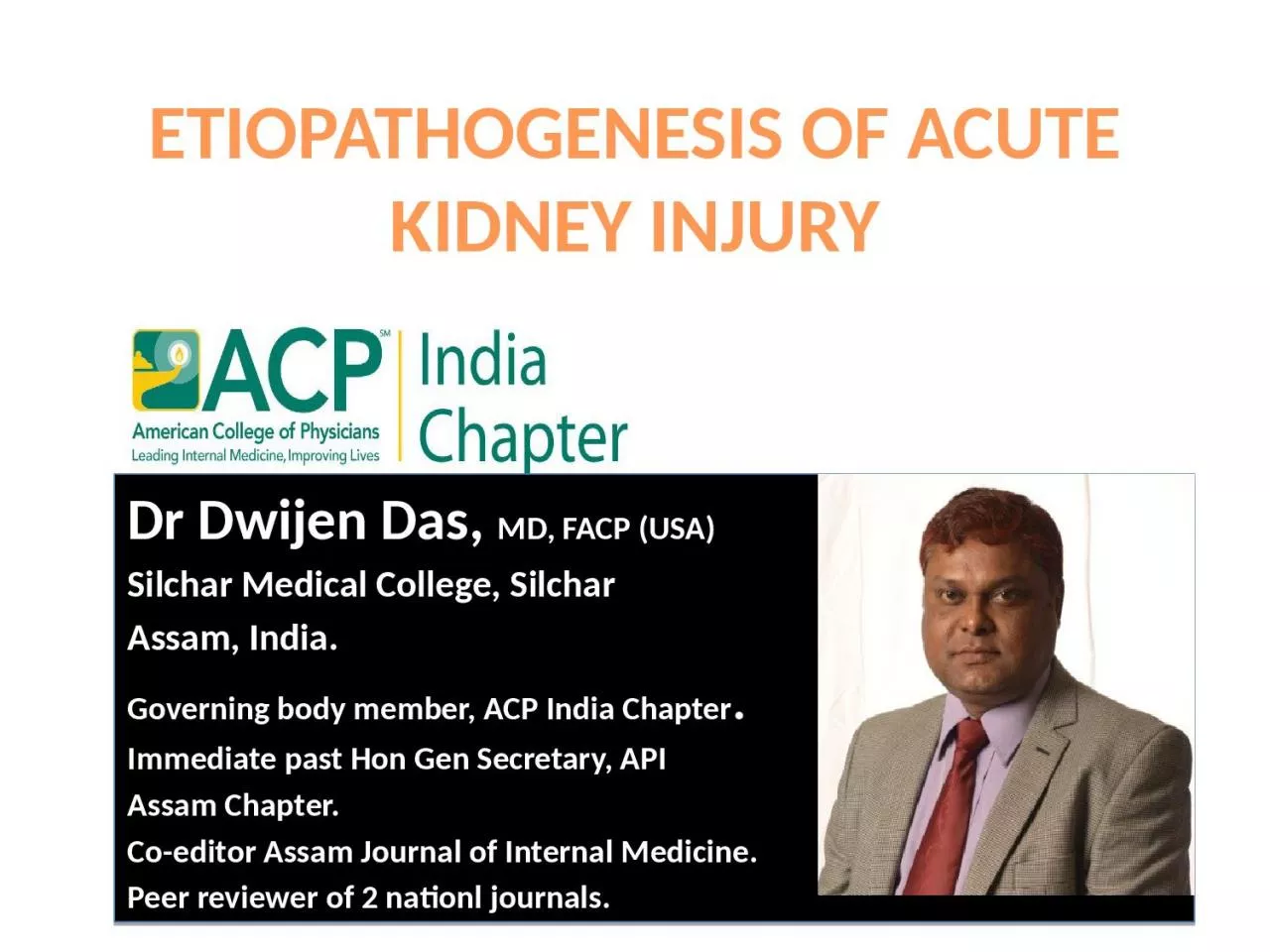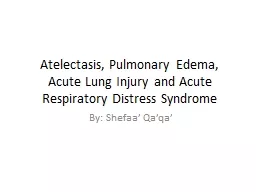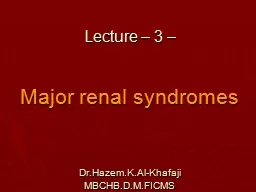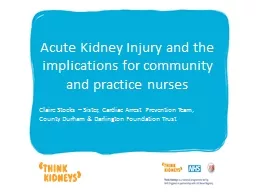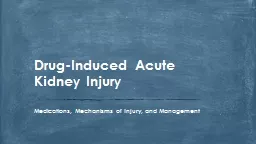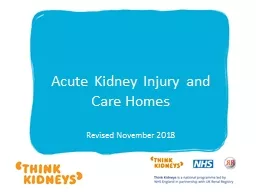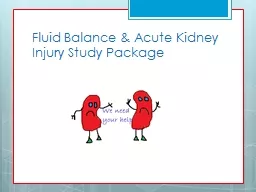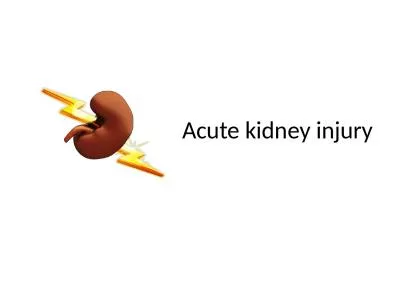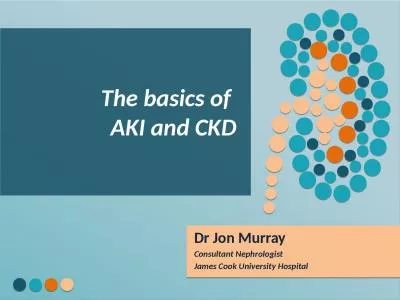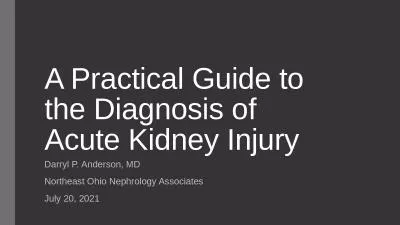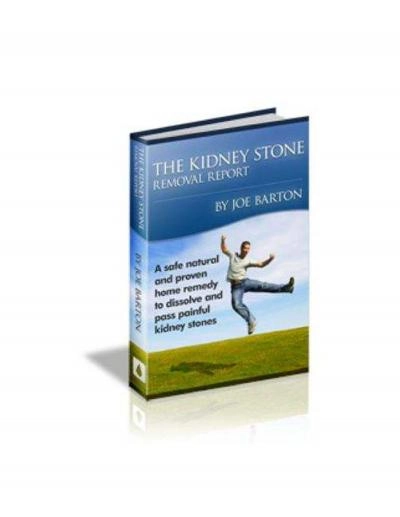PPT-ETIOPATHOGENESIS OF ACUTE KIDNEY INJURY
Author : alis | Published Date : 2022-06-08
Dr Dwijen Das MD FACP USA Silchar Medical College Silchar Assam India Governing body member ACP India Chapter Immediate past Hon Gen Secretary API Assam Chapter
Presentation Embed Code
Download Presentation
Download Presentation The PPT/PDF document "ETIOPATHOGENESIS OF ACUTE KIDNEY INJURY" is the property of its rightful owner. Permission is granted to download and print the materials on this website for personal, non-commercial use only, and to display it on your personal computer provided you do not modify the materials and that you retain all copyright notices contained in the materials. By downloading content from our website, you accept the terms of this agreement.
ETIOPATHOGENESIS OF ACUTE KIDNEY INJURY: Transcript
Download Rules Of Document
"ETIOPATHOGENESIS OF ACUTE KIDNEY INJURY"The content belongs to its owner. You may download and print it for personal use, without modification, and keep all copyright notices. By downloading, you agree to these terms.
Related Documents

